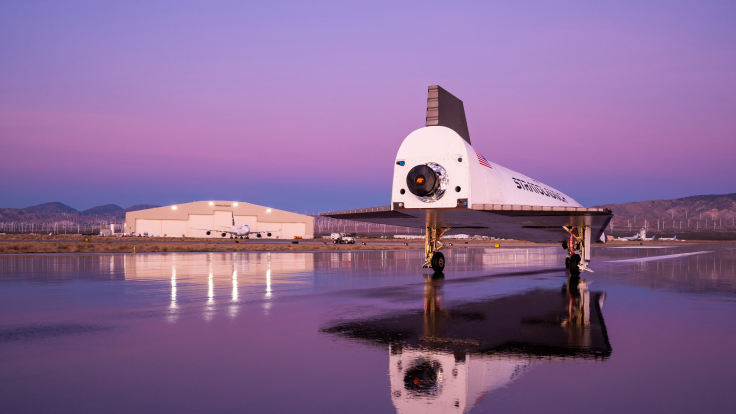
Developments on hypersonic aircraft are inching closer to a breakthrough in this type of airspeed, with Ursa Major recently nabbing a million-dollar deal with Stratolaunch.
The deal, currently valued at $32.9 million (£24.33 million), aims to develop and deliver 16 upgraded Hadley H13 engines for hypersonic testing.
Moreover, this update, part of the US plans to boost next-generation defences, is poised to impact what lies ahead in hypersonic aviation.
What's in Ursa Major's Deal?
According to the company, the multi-year programme extends a series of flight collaborations and supports a growing operational cadence for Stratolaunch's hypersonic test projects.
For context, Stratolaunch is a contractor supporting the US Navy's Multiservice Advanced Capability Test Bed (MACH-TB) programme. This programme collects data from high-speed flight tests to aid in the advancement of future aircraft and weapon systems.
Dan Jablonsky, CEO of Ursa Major, stated that the contract directly supports US hypersonic test infrastructure and the broader imperative to accelerate high-speed flight programmes that deliver for national security.
Why Is This Hypersonic Deal Important?
Ursa Major also emphasised that its Hadley H13 engine is a mission-enhanced propulsion system focused on sustainability and reusability. It delivers cost-efficient launch capabilities tailored to specific user needs and mission requirements.
Moreover, this engine has already been used to power multiple hypersonic test flights of the Talon-A, a MACH-TB testbed aircraft engineered to reach speeds exceeding Mach 5 (approximately 6,174 kilometres or 3,836 miles per hour).
In addition, the Talon-A is involved in separate testing efforts by the Missile Defence Agency to develop next-generation air defence technologies to counter emerging hypersonic threats.
How Hypersonic Has Been Vital for Improving Defence
In recent years, hypersonic technology has transformed defence paradigms. For instance, the US Navy retrofitted the USS Zumwalt to carry hypersonic Conventional Prompt Strike missiles, rapidly enhancing naval strike capabilities.
Concurrently, the US Air Force continues flight tests of the scramjet-powered Hypersonic Attack Cruise Missile (HACM), aiming for operational readiness by 2027.
On the defence side, Raytheon has deployed advanced GaN‑based AN/TPY‑2 radars to detect and track high-speed threats and is collaborating with Japan on a Glide Phase Interceptor system to counter enemy hypersonic missiles.
What's Next for Hypersonic Outside of Military Usage
Hypersonic technology has expanded beyond defence into transformative civilian sectors.
Startups like Venus Aerospace aim to offer global point‑to‑point flights—such as flights from New York to London in under an hour—using detonation‑ramjet engines aboard their reusable Stargazer jet, targeting early 2030s service.
Meanwhile, Oscar Viñals' 'Air Master' concept envisions Mach 6 passenger flights (≈4,600 mph), slashing transatlantic travel to mere tens of minutes, complete with luxury interiors.
Beyond tourism, hypersonic systems promise rapid cargo delivery, streamlined satellite launch assistance, and novel spaceplane architectures—potentially revolutionising logistics, research, and access to space.







